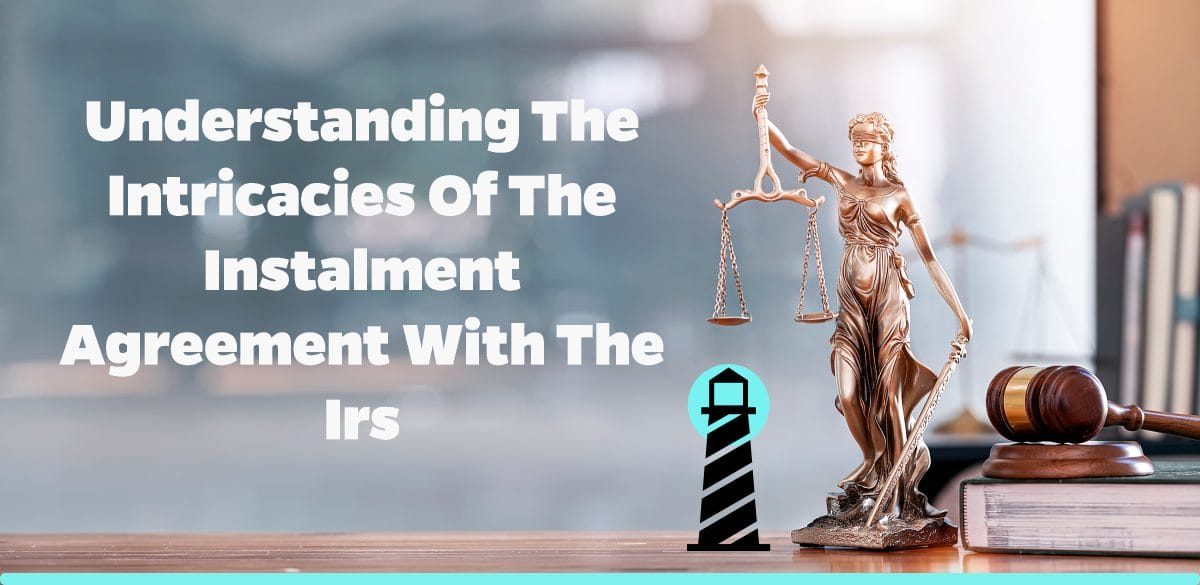Instalment Agreement IRS: An Overview
At Brightside Tax Relief, we understand that dealing with the IRS can often be complex and challenging. One powerful tool for managing back taxes owed is an Installment Agreement IRS has in place. This arrangement allows taxpayers to repay their overdue taxes over an extended period, thereby mitigating the financial burden. In this article, we delve deep into the intricacies of an IRS Installment Agreement to help you comprehend its nuances comprehensively.
Understanding the Concept of an Installment Agreement IRS
An Installment Agreement with the IRS is essentially a payment plan. This arrangement allows a taxpayer to gradually pay off their tax liabilities over time. It’s an important tool for taxpayers who cannot afford to pay their tax debt upfront, or those who prefer to manage their debt more gradually.
For taxpayers grappling with significant tax liabilities, the Installment Agreement is not only flexible, but it also offers much-needed financial relief. By spreading the payments out, it lessens the burden of a large, one-time payment. It’s, therefore, easy to see why the IRS Installment Agreement is a financial lifeline for countless Americans who owe back taxes.
Types of IRS Installment Agreements
There are several types of Installment Agreements available, each catering to different financial situations. Knowing which one suits you best is paramount to managing your tax debt effectively. Let’s look at each of them for a better understanding.
– Guaranteed Installment Agreements: This is for taxpayers who owe $10,000 or less (excluding penalties and interest). To qualify for this plan, the taxpayer must maintain a good tax filing and payment record over the past five years and ensure that all estimated tax payments and income tax returns are up to date.
– Streamlined Installment Agreements: These are designed for taxpayers with a liability bracket of $50,000 or less. It offers a maximum repayment period of 72 months, negating the need for a financial statement to be submitted to the IRS.
– Partial Pay Installment Agreements: Ideal for taxpayers unable to make the minimum payments under streamlined or guaranteed agreements, the IRS will determine an affordable payment amount based on the taxpayer’s monthly income and living expenses.
– Non-Streamlined Installment Agreements: This plan applies to taxpayers with tax liabilities exceeding $50,000. Here, the IRS takes a deep dive into the taxpayer’s financial situation to set the payment amount.
Application for an Installment Agreement
click here.The Costs Involved
There are various costs associated with an IRS Installment Agreement which may include setup fees, penalties, and interest. It’s important to consider these additional expenses when exploring the feasibility of an Installment Agreement.
– Setup Fees: The IRS charges a one-time setup fee to establish an Installment Agreement. Fees can range depending on the nature of the taxpayer’s agreement and the chosen payment method.
– Penalties and Interest: The extension of the payment period through an installment agreement does not waive the penalties and accrued interest. They continue to add to the total amount due until the tax debt is paid in full.
Defaulting on Installment Agreements
Defaulting on an IRS Installment Agreement can have serious consequences, including a levy on your wages or bank account. Therefore, it is essential to stay committed to the agreed-upon payment terms.
Conclusion
Understanding the intricacies of an Installment Agreement with the IRS can help taxpayers make informed decisions to manage their debts. At Brightside Tax Relief, we are dedicated to educating and assisting taxpayers in getting the most out of these agreements. By leveraging our expertise, we ensure the process runs smoothly and effectively for our clients.
While an Installment Agreement can offer relief from the immediate burden of tax debt, it’s always a good practice to consult with educated tax professionals. They can guide you through navigating the often intricate parameters of the tax system, helping you take control of your financial future.




